-
Hi utu,

Originally Posted by
utu

I occasionally store copies of the vfat contents of the USBs on the Windows 7 partition, manipulate the contents among the vfat files with a Win 7 file manger, and subsequently return the USBs to some activity as mounted and active Knoppix installs.
I have read this many times and am still not sure what you are doing so I can't tell if it is safe or scary.
I'll try to sort out the confusion another way.
When you access a file under Linux you are accessing a file on a mounted filesystem. This is true for files on your hard drive, files on a CD or DVD, files on an NFS or CIFS network file system or files on a USB drive or an old style floppy/diskette. It is also true under Windows. The concept of 'disk drive' with a letter corresponds roughly to the mounted filesystem.
On a hard drive you can have more that one partition. Each partition can contain a file system and they don't all have to be the same type of file system.
Suppose my friend lends me a USB hard drive that he says has four partitions on it: a FAT partition, an NTFS partition, a Linux ext3 partition and a Linux swap partition. If I attach the disk to a Linux machine, Linux will see all four partitions and allow me to mount the first three. It won't let me mount the swap partition because there is no file system on it. If I attach the disk to a Windows machine, Windows will see all four partitions but it does not understand the Linux partitions so it will only let me see the VAT and NTFS partitions. I will see two new drives with letters.
The point is the file system is a property of the medium (the disk partition, the USB stick, the DVD) and not the operating system. Where the operating system comes in is that it can only mount file systems it understands. So a FAT file system on a USB stick is always a FAT file system, it doesn't become a vfat file system just because it is plugged into a Linux machine and it certainly does not become an ntfs file system when plugged into a Windows machine.
The file system is inert. One file system cannot corrupt another. Suppose my friend sends me some files on a USB stick but the file system is corrupt. My machine may read garbage where I expect it to read a file. If I copy from the corrupt file system to another file system I won't get a second corrupt file system: I will get a good file containing garbage.
I suppose that if a file system in a partition were damaged so that it looked to be bigger than the partition then writing to it might eventually corrupt the next partition. The only other way I can see a 'corrupt' file system corrupting another is if the corruption is a 'virus' hidden in a file.
So, utu, if you are using a VFAT partition on a USB stick to transfer files from a Linux machine to a Windows machine (or the one machine running both operating systems at different times), then what you are doing is quite safe.
Once upon a time (before the days of the CD), every computer, big and small, had a floppy/diskette drive and every operating system understood the VFAT file system so it was the way to transfer files (I used to send and receive diskette through 'snail-mail' before I had dial-up internet access). The floppy/diskette is gone and we broadband and firewalls and virus scanners so now we use USB sticks to transfer files discretely but VFAT is still the transfer King.
However, VFAT is not a very robust file system. It is easily corrupted. Before you remove a USB stick from a Linux machine, you must unmount it. On a Windows machine you have to 'eject' the USB stick before removing it. If you don't, you risk corrupting the file system.
If you are transferring files, this is not serious as you can just reformat and start again: all you loose is time. However, if you do this to a USB stick with Knoppix on it, you could loose all your persistent data in knoppix-data.img. So back up your USB installation of Knoppix often. (I back mine up daily).
Under Linux your knoppix-data.img. is another file system within a file but if you reboot to Windows, it is just a file and it is quite safe to copy it onto your NTFS hard drive.
 Posting Permissions
Posting Permissions
- You may not post new threads
- You may not post replies
- You may not post attachments
- You may not edit your posts
-
Forum Rules

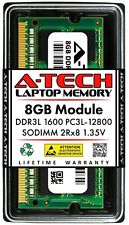
A-Tech 8GB DDR3 1600 PC3-12800 Laptop SODIMM 204-Pin Memory RAM PC3L DDR3L 1x 8G
$13.99
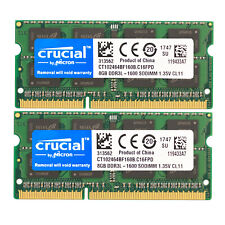
Crucial DDR3L 16GB 1600 2x 8GB PC3-12800 Laptop SODIMM Memory RAM PC3 16G DDR3
$22.50
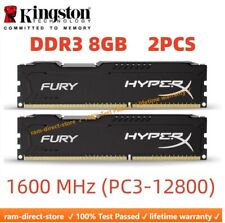
HyperX FURY DDR3 8GB 16GB 32GB 1600 MHz PC3-12800 Desktop RAM Memory DIMM 240pin
$16.50

Crucial DDR3L 16GB 1600 2x 8GB PC3-12800 Laptop SODIMM Memory RAM PC3 16G DDR3
$13.50
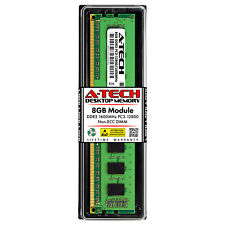
A-Tech 8GB PC3-12800 Desktop DDR3 1600 MHz Non ECC 240-Pin DIMM Memory RAM 1x 8G
$13.99
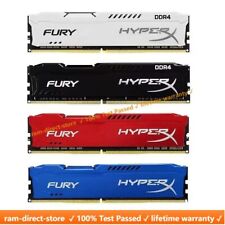
HyperX FURY RAM DDR4 16GB 8GB 32GB 4GB 3200 2666 2400 2133 Desktop Memory DIMM
$9.64
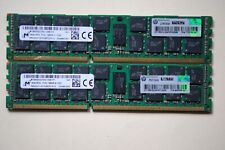
32GB ECC DDR3 RAM 2x16GB PC3L-12800R Desktop/Server Memory
$11.99

16GB DDR4 Corsair Vengeance LPX 3000 Mhz 1.35V Desktop Computer PC Memory RAM
$26.99
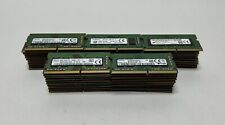
Lot of 50 DDR4 8GB PC4-2666V Laptop Memory RAM Mixed Major Brands
$474.99
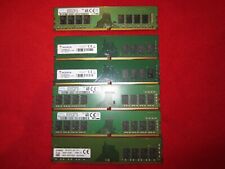
Lot of 20pcs Samsung,SKhynix,ADATA 8GB DDR4-2133P/2400T/2666V Desktop Memory
$166.78




 Reply With Quote
Reply With Quote










